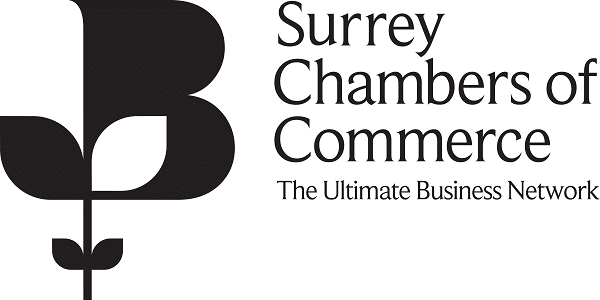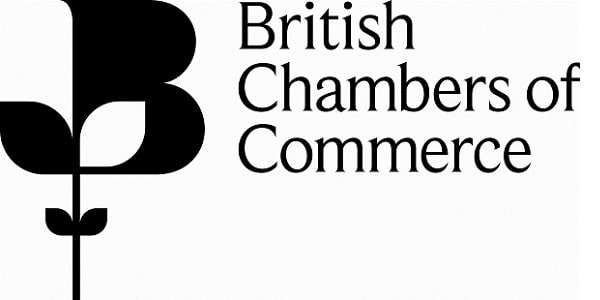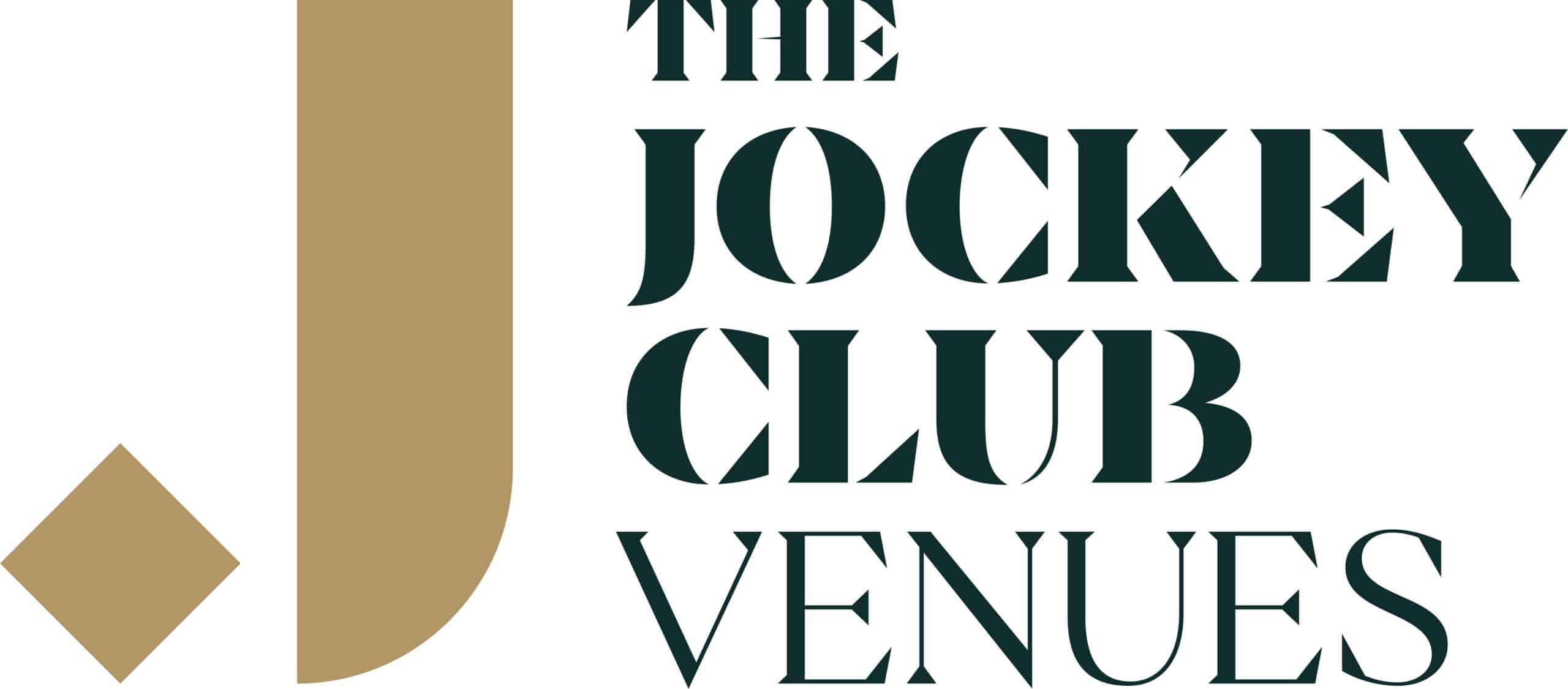Latest News
A Market Fuelled by Stimulus and Biases
20th July 2020

It should, by now, be clear that the present risk rally – that has been ongoing since the market bottomed in late-March – has been propelled by both unprecedented amounts of stimulus, and by hope that science will eventually come up trumps against the coronavirus.
Of course, the stimulus that primarily concerns investors at present is that which has come from the monetary side, via both interest rate cuts and sizeable asset purchases, creating a surge in liquidity that must go somewhere. As mentioned at length in the past, with bond yields on the floor, and other assets also offering a paltry return, there appears to be little alternative to equities for investors hunting for a solid return.
Furthermore, fiscal stimulus, particularly in the US where most adults received a $1,200 cheque from the Federal Government, has also played a major role in fuelling the stock market’s advance. Picture the situation, people away from their jobs, in quarantine due to the virus, having received ‘free money’, and having a fee-free way of accessing the market via RobinHood and other such apps. It’s a recipe for retail investors to begin punting on the market.
In some ways, therefore, we are looking at an ‘artificial market’; one that is being propelled higher not by fundamentals, but by stimulus and by biases.
It is this latter point, on biases and potentially misplaced optimism, that is another reason that the market continues to rally on almost any sliver of positive medical news. Having spent more than four months now living under restrictions on our daily lives, almost everyone longs for a return to some kind of ‘normality’. As a result, anything that can take us closer to that point fills people with hope, leading people to believe that the headlines are true, even if the actual story is not quite as optimistic as the news wires would make one believe.
This is the primary reason why any optimistic medical headlines fuel gains for risk assets, investors are naturally laser-focused on the positives, and completely ignore the negatives.
It appears, however, to be only a matter of time before reality begins to bite; potentially after the summer when fiscal cliffs loom, the presidential election race heats up, and the economic impacts of the pandemic become clearer. Chiefly, investors should be concerned about the mass unemployment and wave of insolvencies that appear to lie just around the corner.
Therefore, it is important to position appropriately for such a scenario. In the medium-term, we are likely to find that defensive areas – such as tech – outperform in relation to a broader re-opening basket. Furthermore, the market is likely to begin rewarding areas that have controlled the virus, such as Europe, in comparison to those regions which have not yet brought the pandemic under control..
Michael Brown, Senior Market Analyst, Caxton FX







































